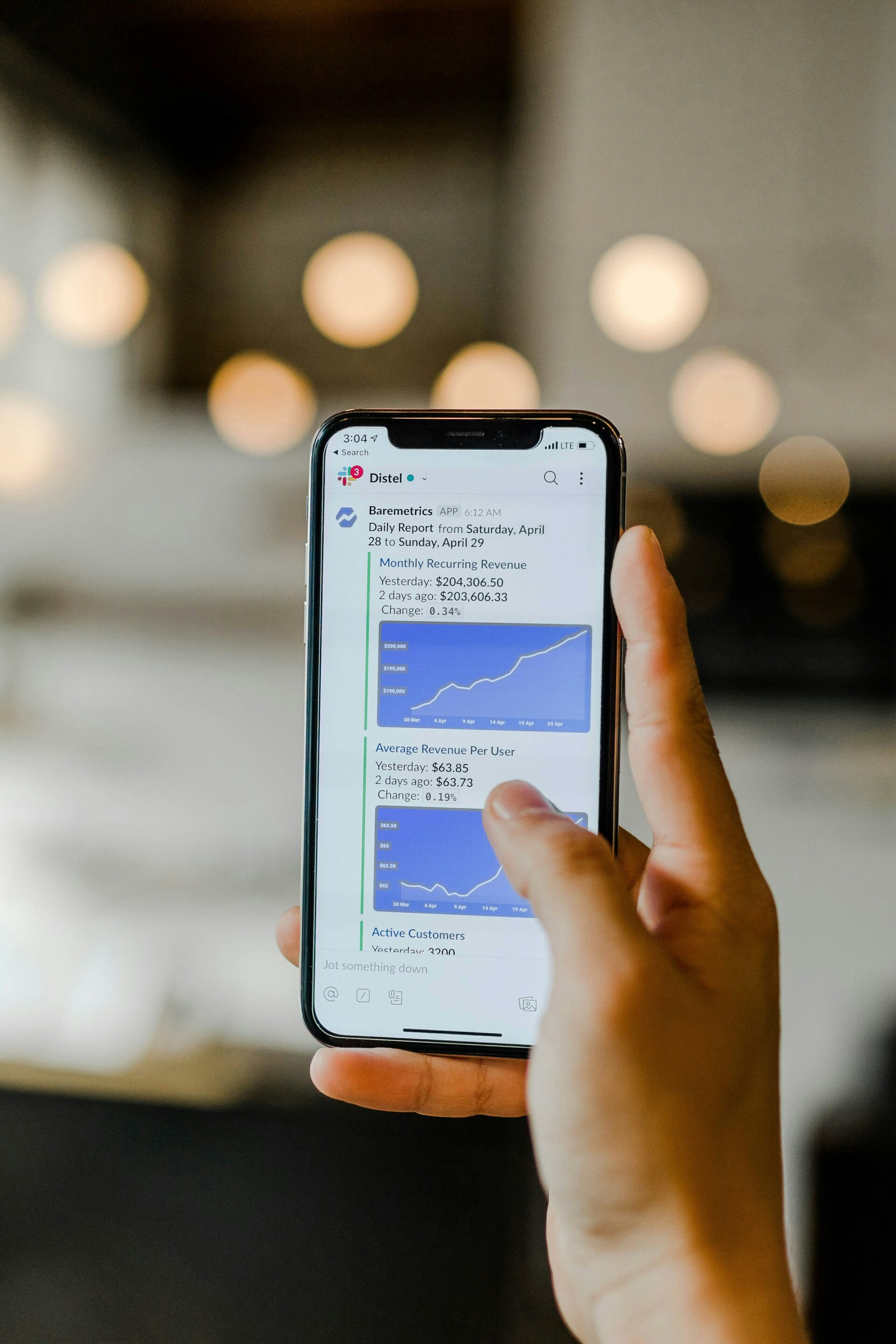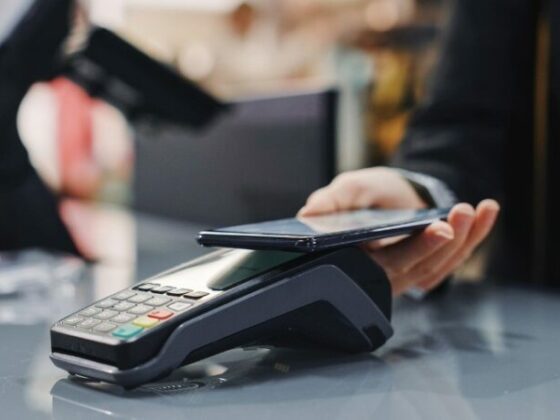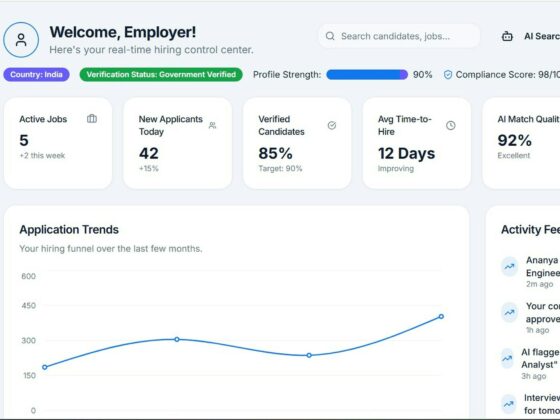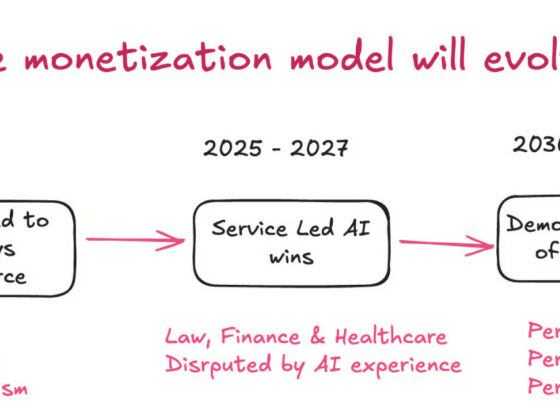
Overcoming Offline Tracking Challenges in Travel Apps
Offline functionality is essential for travel apps, especially in areas with poor connectivity. However, it poses challenges in tracking user behavior since traditional analytics rely on real-time data. To overcome this, travel brands can optimize local storage by focusing on essential data, like upcoming trips, and limiting offline access to older ones. Smart synchronization protocols ensure data updates seamlessly when connectivity returns, resolving conflicts with methods like “last-write-wins.” Additionally, offline analytics help identify popular offline features like saved maps, enabling brands to enhance the app experience. With security measures like encryption and authentication, brands can safeguard sensitive data while offline.
Tailoring App Analytics for Travel and Hospitality Brands
Apps offer travel and hospitality brands unique ways to engage with users but understanding app performance requires more than basic metrics. It’s not enough to just count pageviews or sessions—success hinges on knowing how engaged your users are, how long they stick around, and what keeps them coming back.
- User Engagement: Beyond the Basics
How engaged are your users really? It’s not just about logins. While daily and monthly active users provide a snapshot of audience size, look at session duration and how often they return—are they exploring multiple features or just checking one? Also, track feature adoption, like booking tools or itinerary management. This helps you fine-tune your app and boost user engagement.
- User Retention: Keeping Them Hooked
Getting users to download your app is one thing but getting them to stick around is another. Retention rate shows if users return after their first visit, while a high churn rate points to issues like a clunky interface. Fixing these pain points can help keep users engaged long-term.
- Personalization and Customer Experience: Making it Personal
Travelers crave a personalized experience, so how’s your app doing? Track user interactions with tailored suggestions, like trip ideas or nearby spots, to refine your app’s algorithm. Push notifications are great, but only if they’re well-timed. Keep an eye on open rates, and don’t forget to check app reviews for feedback!
- Conversion and Revenue: The Ultimate Goal
The success of your app comes down to conversion and revenue. Are users booking through the app? In-app booking rates and total revenue can tell you whether your design and flow are as seamless as they should be. Dig deeper with metrics like average revenue per user (ARPU) and customer lifetime value (CLV) to understand how much each user is worth to your brand and how to maximize that value over time.
- Platform and Cross-Device Segmentation: Adapting to How Users Engage
Users hop between devices, and your analytics should keep up! Whether they’re booking on a desktop, checking itineraries on mobile, or using a smartwatch for boarding passes, each device tells a story. Comparing behavior across platforms like iOS and Android uncovers hidden friction points and fine-tunes the entire travel experience.
By focusing on these deeper, more nuanced analytics, travel and hospitality brands can not only improve their app’s performance but also deliver personalized, intuitive experiences that keep users engaged and drive long-term value.
About the Author
Hutokshi Sethna is the Head of the Travel and Hospitality vertical at Tredence. She has 12+ years of experience in data, analytics, AI, technology, and consulting across various industries and domains. She has a strong track record of leading complex programs and translating advanced analytics into tangible business outcomes. Recognized as a trusted business partner and advisor to Fortune 100 & 500 clients, Hutokshi excels in people management and operational skills, building strategic long-term partnerships. Her strengths lie in relationship-building and leading through influence.










